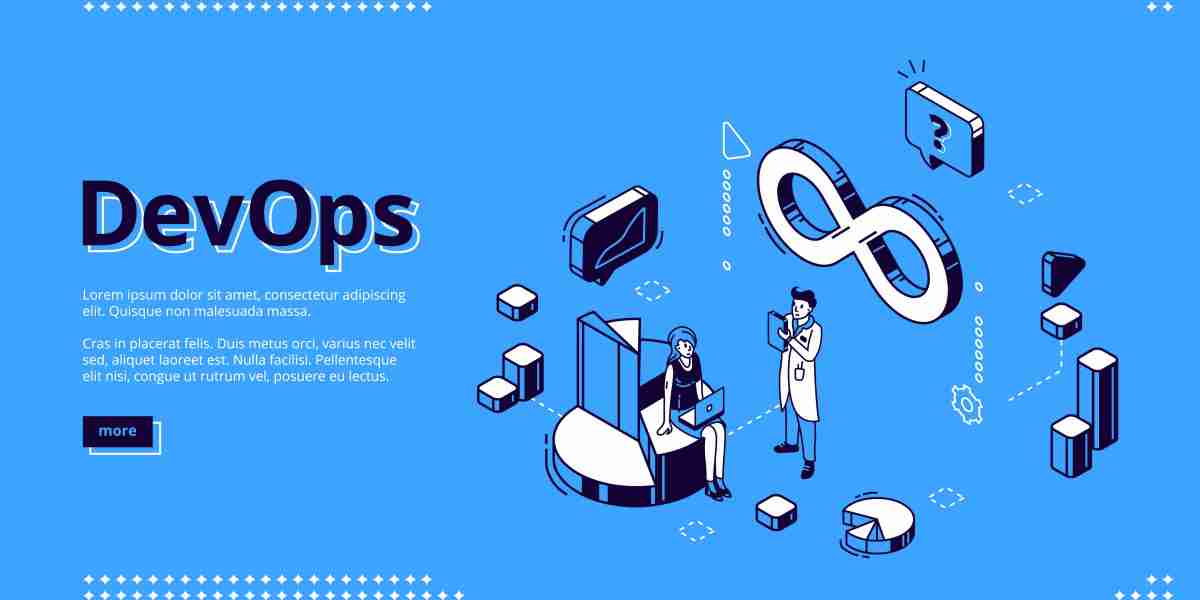In today’s rapidly evolving technological landscape, businesses face increasing pressure to deliver software faster, more reliably, and with greater efficiency. DevOps has emerged as a transformative approach, bridging the gap between development and operations to ensure seamless collaboration, continuous integration, and rapid deployment. However, with an abundance of tools and solutions available, selecting the right DevOps solution for your business can be a daunting task. This guide aims to simplify the decision-making process, providing key insights to help you choose the best DevOps solution for your needs.
Understanding Your Business Needs
Before diving into the vast ocean of DevOps tools, it’s essential to understand your organization’s specific requirements. Consider the following factors:
Team Size and Structure:
Is your team centralized or distributed?
What is the skill level of your team members in terms of DevOps practices?
Project Complexity:
Are you working on simple projects or managing complex microservices architectures?
Do you require support for multi-cloud or hybrid environments?
Current Pain Points:
Identify bottlenecks in your development and deployment pipelines.
Pinpoint areas where automation or collaboration can be improved.
Budget and Resources:
Determine how much you are willing to invest in a DevOps Consulting Company.
Assess the total cost of ownership, including licensing, training, and maintenance.
Key Features to Look for in a DevOps Solution
When evaluating DevOps solutions, prioritize tools that align with your business goals and technical needs. Here are some critical features to consider:
Automation Capabilities:
Look for solutions that support automation across the CI/CD pipeline, including build, test, and deployment processes.
Ensure compatibility with your preferred programming languages and frameworks.
Scalability:
Choose a solution that can grow with your business.
Evaluate how well it handles increasing workloads and larger teams.
Integration:
The solution should seamlessly integrate with your existing tools, such as version control systems (e.g., Git), monitoring tools, and cloud platforms.
Security:
Opt for solutions that include built-in security features like vulnerability scanning, compliance checks, and role-based access control.
Ease of Use:
Consider tools with intuitive interfaces and comprehensive documentation.
User-friendly solutions can reduce onboarding time and training costs.
Community and Support:
A strong community and reliable customer support can make a significant difference in resolving issues and staying updated with best practices.
Top DevOps Tools to Consider
To help you navigate the vast array of options, here’s a breakdown of some of the most popular DevOps tools across different categories:
Continuous Integration/Continuous Deployment (CI/CD):
Jenkins: Open-source automation server with a vast plugin ecosystem.
GitLab CI/CD: Integrated CI/CD pipelines with strong Git repository support.
Azure DevOps: Comprehensive suite for CI/CD, project management, and collaboration.
Infrastructure as Code (IaC):
Terraform: Enables infrastructure provisioning across multiple providers.
AWS CloudFormation: Native IaC tool for AWS environments.
Containerization and Orchestration:
Docker: Simplifies application containerization.
Kubernetes: Leading container orchestration platform for managing large-scale deployments.
Monitoring and Logging:
Prometheus: Open-source monitoring and alerting toolkit.
ELK Stack: Suite of tools for log management and analysis (Elasticsearch, Logstash, and Kibana).
Collaboration and Communication:
Slack: Facilitates team communication and integrates with DevOps workflows.
Microsoft Teams: Seamless integration with Azure DevOps for collaboration.
Steps to Evaluate and Implement a DevOps Solution
Once you have shortlisted potential DevOps solutions, follow these steps to ensure a smooth evaluation and implementation process:
Conduct a Proof of Concept (PoC):
Test the solution in a controlled environment to evaluate its features and performance.
Gather Feedback from Stakeholders:
Involve developers, operations teams, and other key stakeholders in the evaluation process.
Assess Total Cost of Ownership (TCO):
Consider licensing costs, infrastructure requirements, and ongoing maintenance expenses.
Plan for Integration:
Develop a roadmap for integrating the solution into your existing workflows.
Provide Training:
Ensure your team has access to the necessary training and resources to maximize the solution’s potential.
Monitor and Optimize:
Continuously monitor the solution’s performance and gather feedback to identify areas for improvement.
Common Pitfalls to Avoid
While adopting a DevOps solution can bring significant benefits, it’s important to steer clear of common mistakes:
Overcomplicating the Toolchain:
Avoid using too many tools that may lead to integration challenges and inefficiencies.
Neglecting Security:
Ensure security is integrated into every stage of the DevOps lifecycle.
Skipping Training:
Underestimating the importance of proper training can result in poor adoption and suboptimal outcomes.
Ignoring Cultural Alignment:
DevOps is as much about culture as it is about tools. Foster a collaborative environment for maximum success.
Conclusion
Choosing the right DevOps solution is a critical decision that can significantly impact your business’s efficiency, agility, and competitiveness. By thoroughly assessing your needs, prioritizing essential features, and avoiding common pitfalls, you can select a solution that aligns with your goals and sets the foundation for long-term success. Remember, DevOps is not just a toolset—it’s a mindset that requires collaboration, continuous improvement, and a commitment to excellence. Start your journey today and empower your business to thrive in the digital age.






